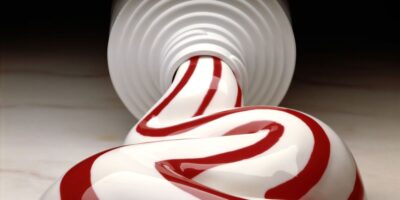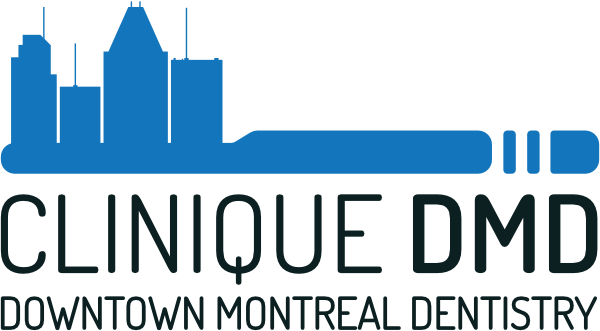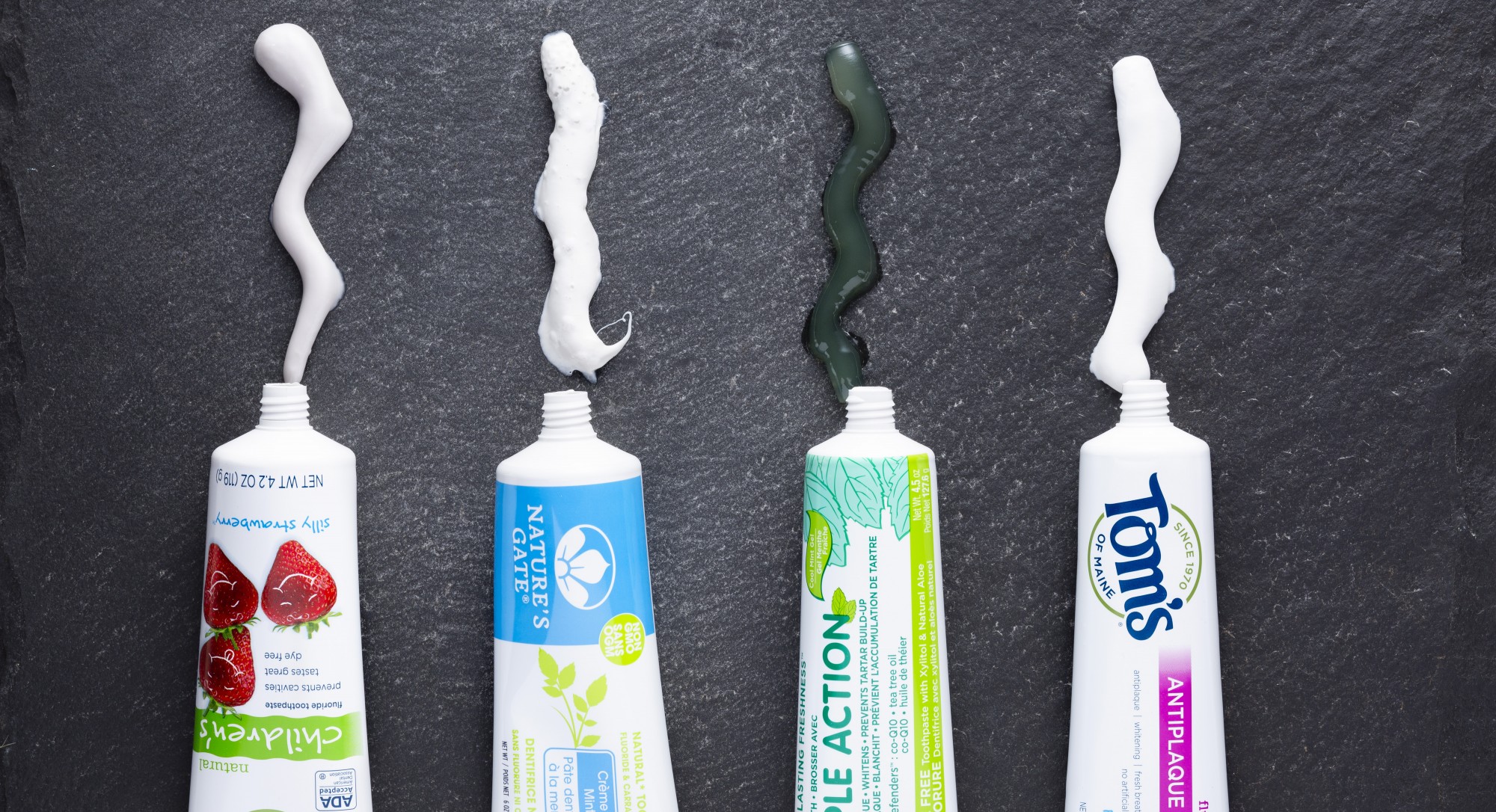Breath freshener, plaque remover, cavity preventer… Toothpaste has become an essential part of our daily routine. With regular flossing and visits to the dentist, brushing your teeth with a fluoride containing toothpaste is essential to good oral health. But have you ever wondered what ingredients are contained in that tube? Let’s look at the facts and demystify what’s in your toothpaste!
Most ingredients in toothpaste can be divided into 5 categories: Fluorides, Abrasives, Surfactants, Humectants, and “Others” depending on the brand. Let’s look at each one in turn.
Fluorides
Fluoride is a mineral that helps to strengthen teeth and prevent cavities, as well as damage to teeth caused by acid wear. It is a naturally occurring mineral, and can be found in some natural water sources. This is considered an active ingredient, meaning that it is used by your teeth to re-mineralized and strengthen them. No doubt there is some controversy about added fluoride in water, however all serious research agrees that in the amounts we use in toothpaste, it is safe. The average tube contains about 0.11% – 0.15% of the fluoride ingredient. Still, swallowing enough toothpaste can be harmful. It is especially important to monitor kids to be sure they are successfully spitting out the residue once they finish brushing.
Abrasives
Abrasives are a passive ingredient, meaning they don’t actually react with your teeth. Rather, they are the item that creates the polished, or clean feeling of your teeth after you brush. Usually, abrasives make up most of the paste by volume. They are effective at removing stains, however they don’t have any effect on cavity or gum disease prevention. Usually, calcium carbonate or other similar minerals are used.
Surfactants
This is a fancy word that essentially means detergents. Typically, a product called Sodium Lauryl Sulfate (SLS) is used. SLS is what gives your toothpaste that foaming, sudsy feeling. In fact, it is the same product found in other personal care items, like liquid soap or shampoo. Again, it must be noted that SLS is safe when used in toothpaste, but some people can experience mild mouth irritation because of it. If that’s the case, an SLS-free alternative toothpaste can be used. Interestingly, studies have shown that the foaming action of SL\S contributes nothing to the effectiveness of toothpaste, with one possible exception… We are so used to the feeling of toothpaste that some research has shown that people brush less frequently if they don’t have the suds!
Humectants
Another fancy word that describes the ingredients that keeps toothpaste smooth and consistent when it comes out of the tube. They do this by keeping moisture in the mix, and are typically glycerin, glycol or sorbitol (more on sorbitol later). Without humectants, your toothpaste might have the consistency of wet sand – not quite as pleasant on the mouth.
Other Ingredients
Flavours are also added, and interestingly may vary depending on the country you are in. North Americans are used to minty pastes, but in China you may find yourself using tea flavoured toothpaste. Lots of toothpaste for children now comes in bubble gum or fruity varieties. Less commonly, you can find fennel, lavender, ginger, vanilla or pine flavour. Despite the sweet taste of flavouring, no sugar is used for this purpose. Instead artificial sweetener like sorbitol or saccharine are used. Alternatively, unflavoured versions also exist.
Antimicrobials like Triclosan are sometimes put in, which have a beneficial effect on preventing gingivitis. Desensitizers are also used in many toothpastes for people with sensitive teeth. Whitening toothpastes usually don’t peroxide in them like whitening gels. Rather, they use a harder abrasive which can sometimes lead to sensitivity.
Hopefully you enjoyed this article on toothpastes. If you have any questions or to make an appointment, please contact us at downtownmontrealdentistry.com


